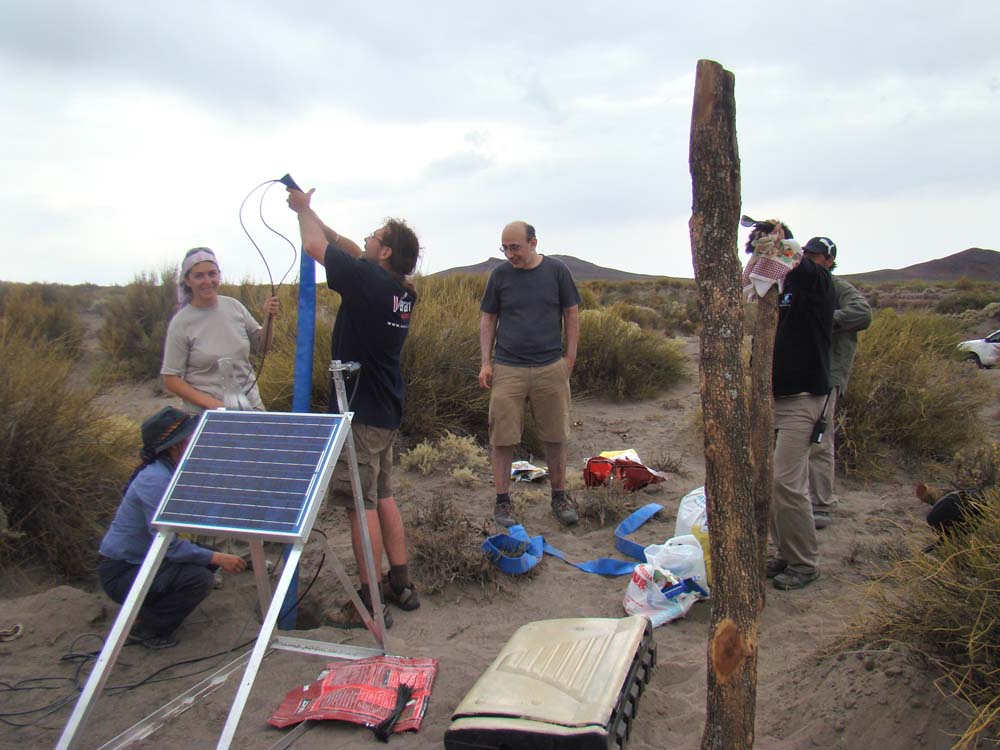Dr Deyan Draganov of the section of Applied Geo-physics and Petrophysics has been awarded a Vidi grant (worth 800,000 euros) by the Netherlands Organisation for Scientific Research. Draganov turns ambient seismic noise into images of the subsurface.
For most seismologists, ambient seismic noise is annoying. When they try to picture the subsurface by analyzing the reflections of waves which they created themselves with vibrating sources or explosions, ambient seismic noise blurs the image and is thus filtered out.
But what if you want to explore the subsurface in cities or high up in the mountains, where trucks with heavy vibrators have no access and where you are not allowed to play with dynamite? Then you can convert to passive seismology. Or in other words, take advantage of the ambient seismic noise.
Draganov is an expert in this field, which is also called seismic interferometry. With the use of sophisticated software he tries to make sense out of the myriad of little vibrations that propagate and scatter through the ground and that originate from traffic, construction works or far away volcanic explosions, to name just a few.
In 2007, the seismic expert received a Veni grant to investigate whether seismic noise could reveal useful information for hydrocarbon exploration. This project was conducted in close collaboration with Shell. Draganov patiently listened to the ground in Libya and was able to reconstruct 3D images of the subsurface. Now he is leading two projects in Argentina, near the Andes, an area that is prone to earthquakes. He will use the grant to better study the seismic activity in that region, with dozens of seismometers set up in a large array.
But Draganov will also venture in a completely different field; arts preservation. “We want to use seismic interferometry (in combination with small ultrasonic transducers) to create 3-D images of frescos and paintings on wood,” says the researcher, who on this topic will collaborate with a colleague from the San Martin University in Argentina. “We want to image worm holes and cracks in paintings.”



Comments are closed.